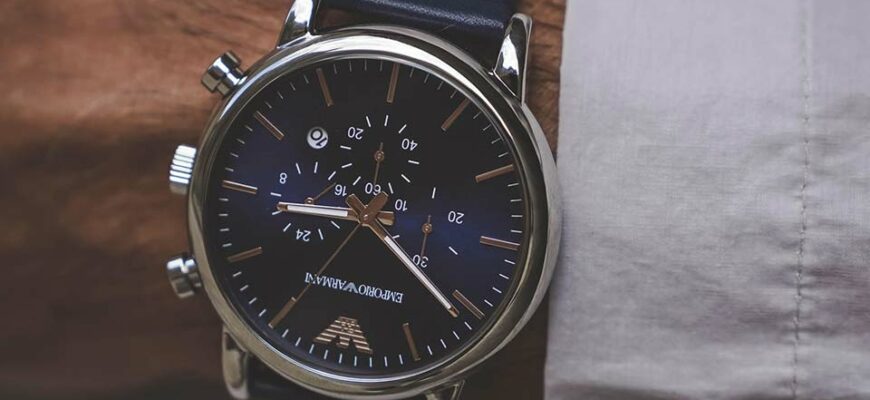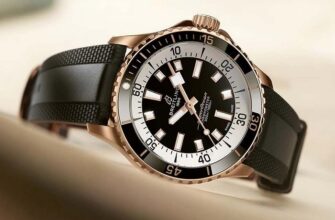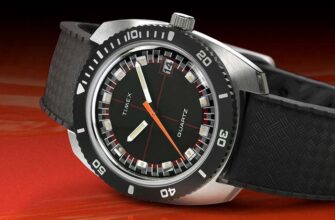For those of you, dear readers, who have expressed a desire to learn a little more about the so-called “fashionable” watches, this short text with illustrations is intended. A recent audience survey included this category in your area of interest along with designer watches, which we briefly covered last time. Today is the time for fashion.
Let's focus on those fashion brands, whose products compare favorably and successfully compete with watches from brands of traditional watch manufacturers. Let's start from the beginning, remember the history of the issue, especially since we already touched on this topic a couple of months ago.
At the beginning of the 20th century, through the efforts of jewelry companies, watches began to turn from a time-determining tool that everyone needed into a fashion accessory endowed with a useful function. Other luxury goods manufacturers decided not to miss their chance and also began to try their hand at this field. An often cited example is the Ermeto watch, which was produced in 1928 for Hermes by the Movado company from La Chaux-de-Fonds, Switzerland. And models from the British Dunhill, which were produced for her by the Swiss Tavannes in the 1930s.
In those years, the sale of watches was not perceived by such brands as a strategic decision aimed at developing business or as a way to expand the customer base. The first Dunhill or Hermes watches were one-of-a-kind watches made for a privileged clientele. Both buyers and brands treated them as well-made secondary accessories.
The traditional business model of fashion watch production has been based for a very long time on the cooperation of leading clothing and jewelry manufacturers, on the one hand, and Swiss watch manufacturers, on the other - most fashion brands still adhere to this tradition.
But the turning point in fashion watch attitudes came in the 1960s, when Christian Dior became the first company to adopt a serious development strategy for fashion accessories, and especially watches. In 1968, Dior launched its first collection of Swiss made under license watches with the initials "CD". By 1977, accessories provided the fashion house with 41% of turnover and 45% of profits in 1977.
Watches were no longer secondary objects whose purpose was to increase the value of designer clothes - they became the basis of the brand's growth and an important source of profit. Licensed production continued until the purchase by Bernard Arnault of the Parisian fashion house Christian Dior and the reorganization of LVMH in all activities related to the production of watches and accessories in the late 1980s.
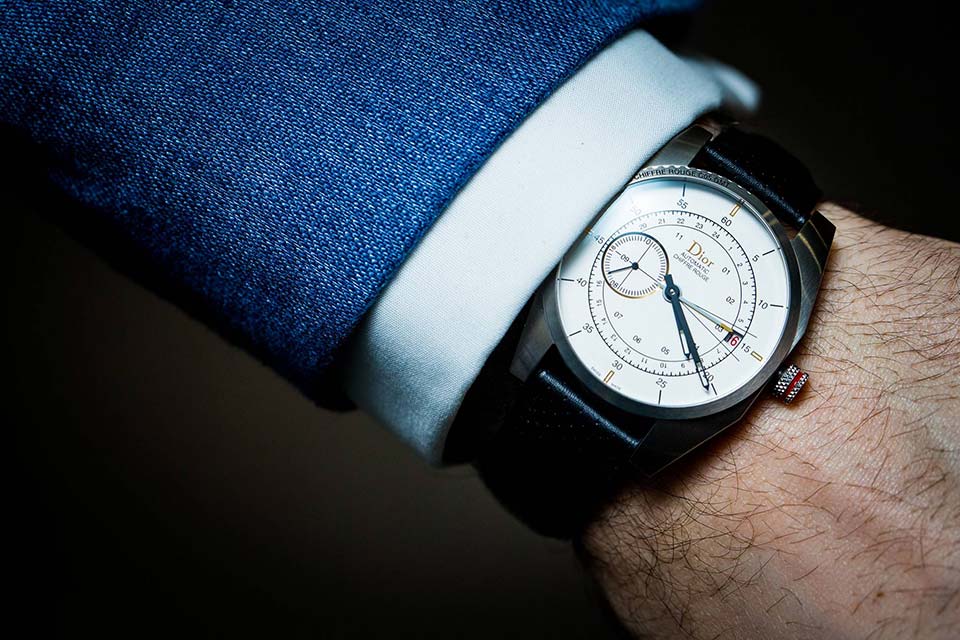
Today, 30 years later, it is safe to say that Dior is a rare phenomenon in the watch world. And these are not grandiloquent words - while other fashion brands either strive to completely separate their watchmaking direction from everything related to the manufacture of clothes, or resign themselves to the role of manufacturers of “ticking fashion accessories”, Dior has managed to find its own unique way, to connect the pieces haute horlogerie with haute couture, transfer their DNA codes while adapting them to the new environment.
On the one hand, we see numerous allusions to the best couture dresses in design, the words “lace” or “embroidery” as part of the name of the watch, on the other hand, inside all this chic there are serious mechanisms. For example, the brand has its own Dior Inverse caliber with a self-winding rotor placed under the dial. It is he who allows lace, feathers or marquetry made of stone and mother-of-pearl to spin, as if in a ballroom dance, under sapphire glass.
On occasion, look at how many unique and interesting Dior have released over the past 10-15 years, you can’t help but praise. And remember the fashionable (and at the same time - designer) Chiffre Rouge. It was the first self-winding watch of the brand, they were invented by Dior and released in 2004, and since then every year a new version of this model has been released.
Chiffre Rouge perfectly illustrates Dior's approach to its watch creations. In the brand itself, Chiffre Rouge is considered “part of the Dior Homme universe”, and explains that “the asymmetric body refers to the complex cut of trousers and shirts; and the transparent back cover, which reveals the Zenith Elite movement, to the exquisite linings.” I won’t say about the lining, but the watch is really original.

If we leave the story about Chanel watchmaking outside the scope of this text, now it's time to talk about Gucci. If you watched the recent movie The House of Gucci, then quickly remember the character played by Al Pacino - Aldo Gucci. It was he (Aldo) who agreed to the persuasion of Severin Wundermann (remember Corum) and in 1972 sold the latter a license to manufacture Gucci watches.
Severin Wunderman, an American of Belgian origin, was an experienced businessman, quickly set up the process and in the first year sales of Gucci watches brought about $ 3 million, and by 1988 the turnover was already 115 million and provided about 18% of Gucci's profit. The company saw consistent growth for a decade before Gucci acquired it in 1997 and Severin Wunderman continued his career at the helm of Corum.
Gucci watches cannot be confused with any others, and it’s not even about the sometimes excessive passion for logos and corporate colors of the brand, this is all for an amateur. Gucci watch designers manage to impart a characteristic style to the models they come up with, for the most part, brand watches are a must-have addition to the image when everything - literally everything - is from Gucci.
But there are also models that are perfect for those who, in fashionable watches, are able to see not only the logo, but also an interesting idea. Personally, I like the watches of the Grip collection more than others, models 157411 and 157302, albeit quartz ones. They implement the idea of disk indication, logos do not hurt the eyes, and everything would be fine if the price were different - 150-170 thousand for most watches of fashion brands is a lot.
So we got to the question that, in conjunction with fashion and design, the audience asked - why do they cost so much. To tell trivialities about pricing and other factors, in my opinion, is a rather thankless task. They ask as much as those who are willing to pay, and there are enough of them. Is it possible to buy decent "mechanics" for this money? Of course, it is possible, but we are talking about fashion here, and it’s a sin not to make money on vanity.
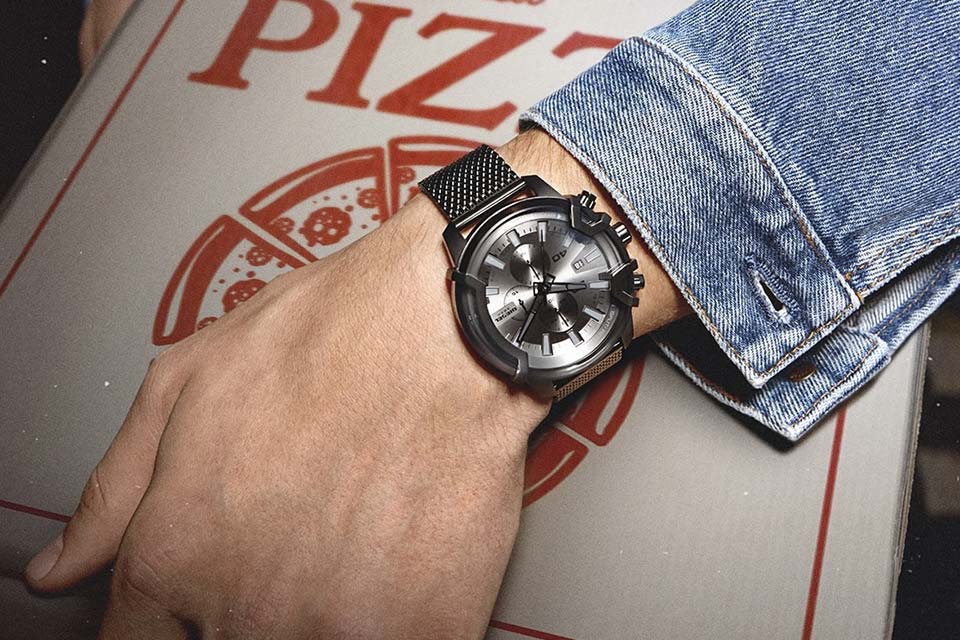
But let's move from fashionable and expensive watches to fashionable and very affordable watches. Brands that have agreed to license the production and sale of watches to companies specializing in this do not lose in earnings to those who, like Dior or Chanel, develop their own production, paying a lot of attention to the internal component - the mechanism. The Fossil group, in addition to its own brands of watches, produces watches under license from Armani Exchange, Diesel, DKNY, Emporio Armani, Kate Spade New York, Michael Kors and others. Its turnover for 2020 and the previous five years exceeded $2 billion annually. All these brands have long won the respect of buyers (they vote honestly earned), have become an important part of watch turnover in general.
Why do fashion brand watches exist, someone asked. For you and me, though not for each of us. For many, inexpensive fashion brand watches become a real opportunity to join the world of their favorite brand, most of whose other products are not available due to their high cost. For many, they are part of the image, which would be incomplete without such an accessory. What are they for you?
